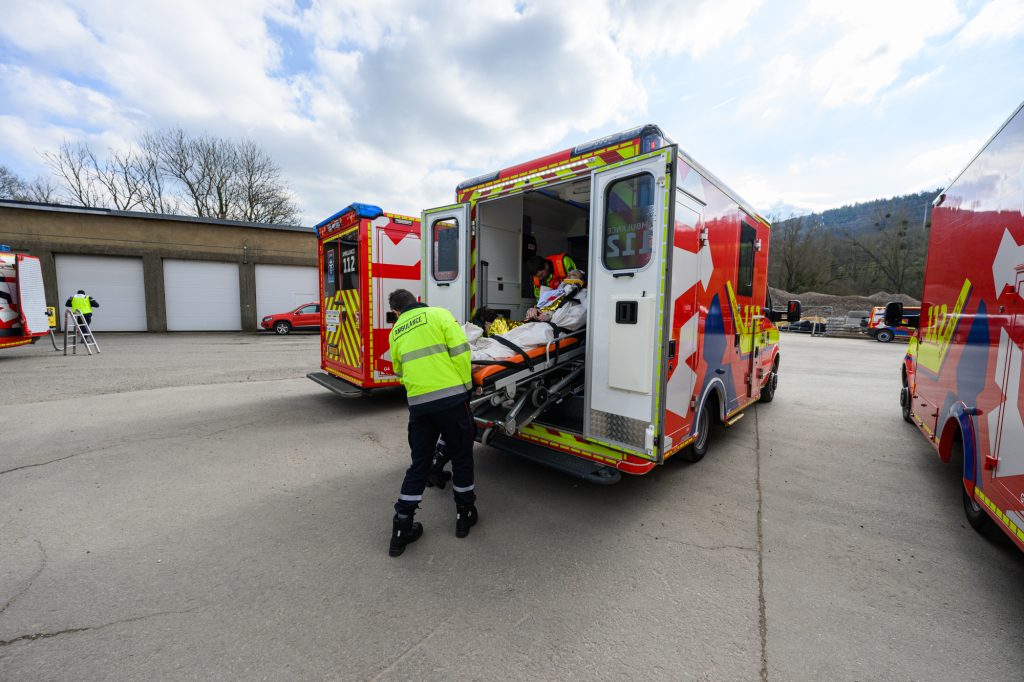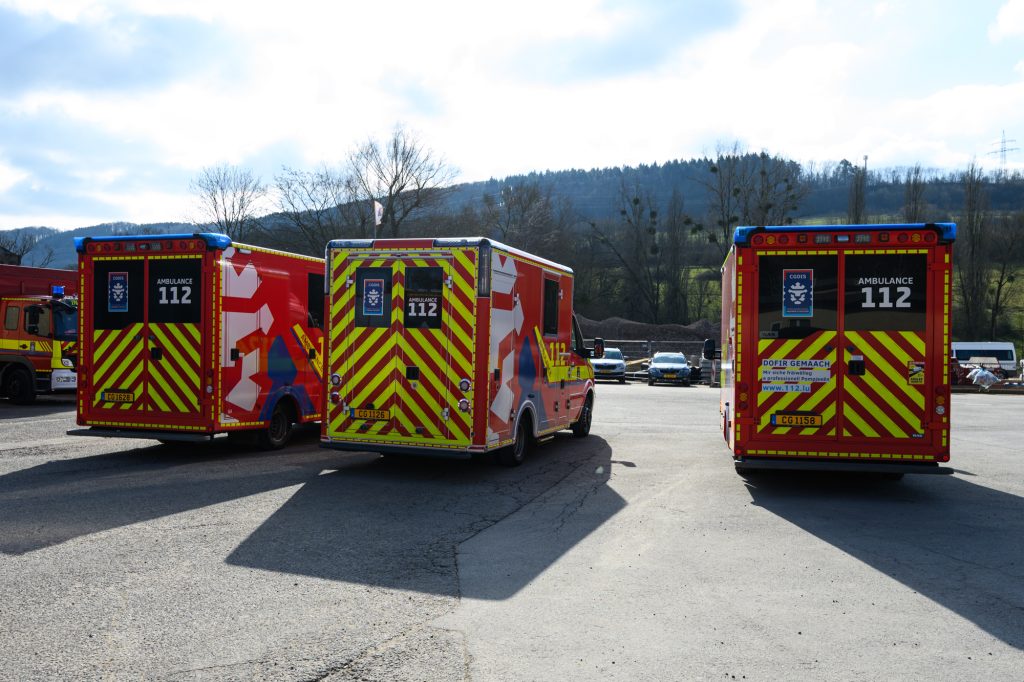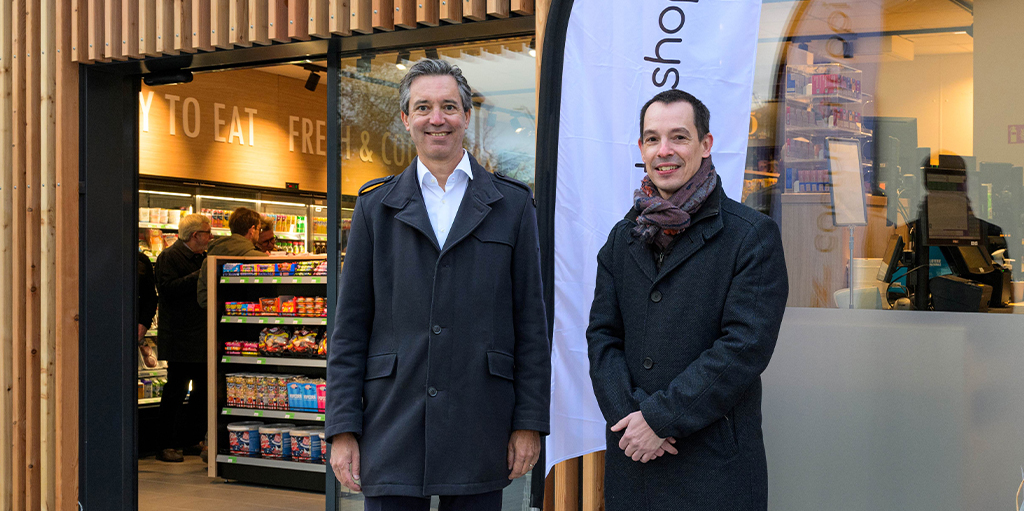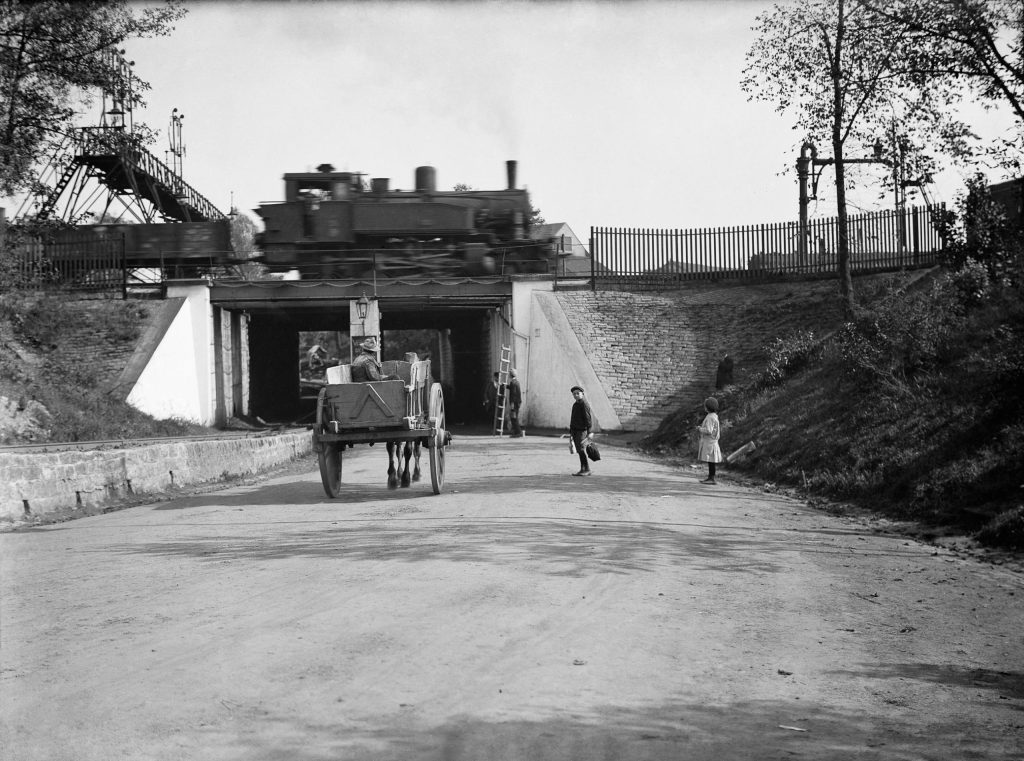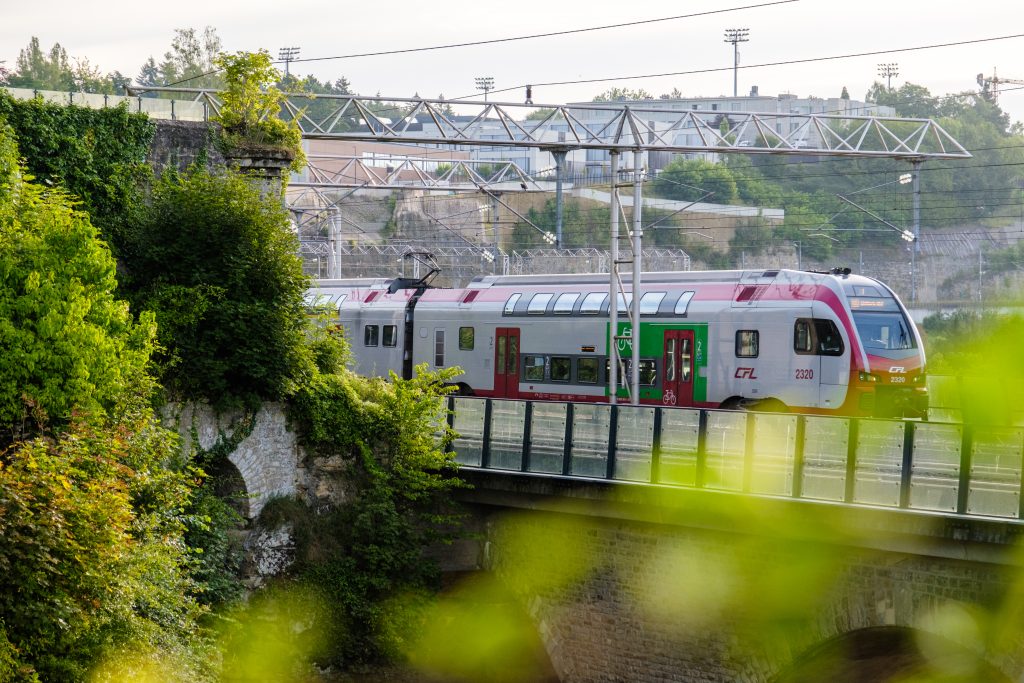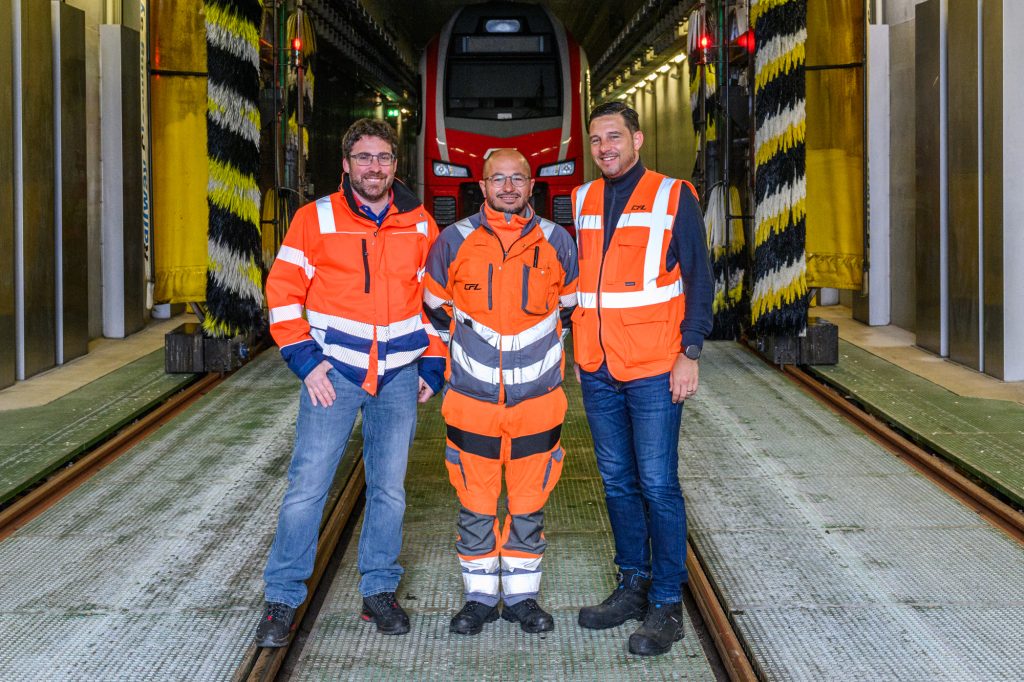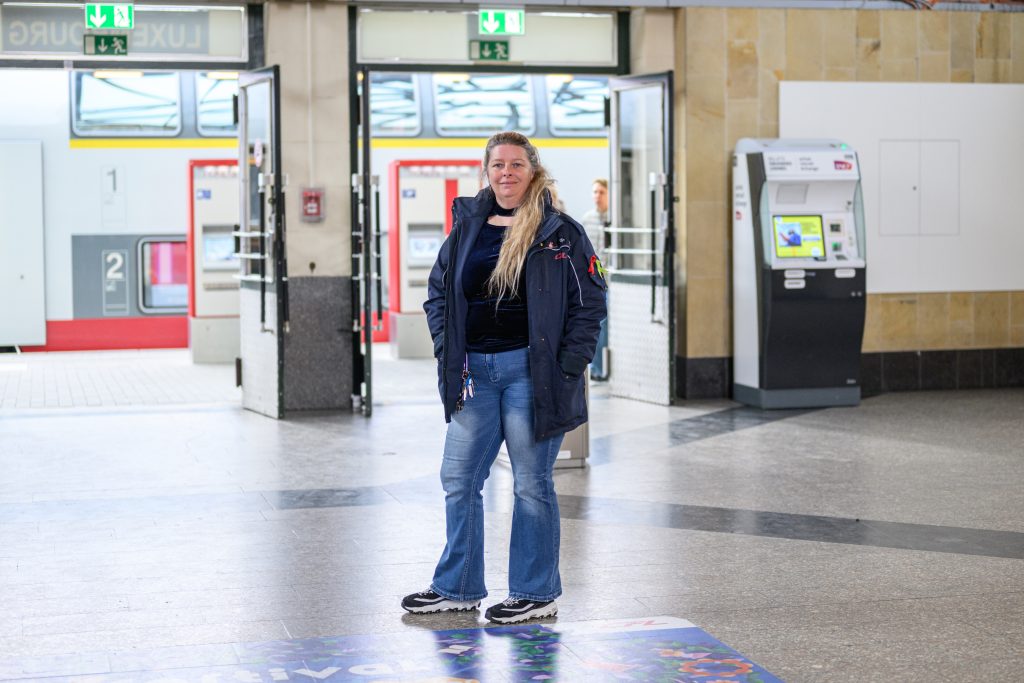
Prepared for the worst-case scenario: a full-scale exercise
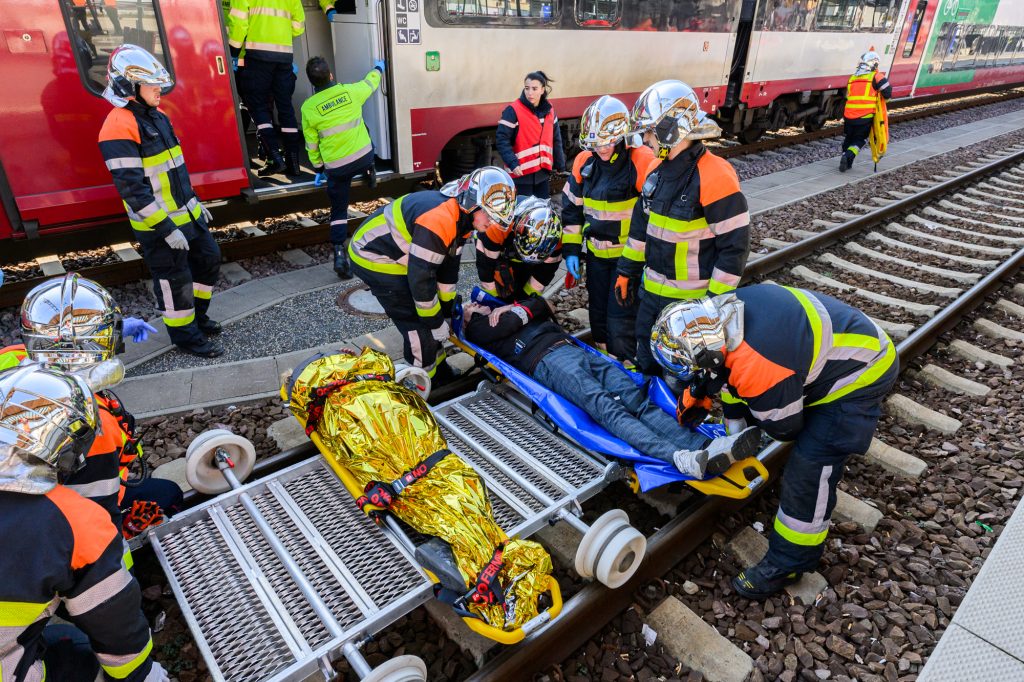
CFL, CGDIS and CHDN in a large-scale training exercise in Ettelbrück
It’s a scenario you don’t want to experience – but one that you can’t ignore: a train accident with several casualties that requires a joint and coordinated response from several players.
On Saturday 15 March 2025, the Corps Grand-Ducal d’Incendie et de Secours (CGDIS), the Société Nationale des Chemins de Fer Luxembourgeois (CFL) and the Centre Hospitalier du Nord (CHdN) tackled this scenario near Ettelbrück station. A double-decker train crashed, causing around fifty casualties, including some seriously injured passengers.
When the emergency services arrived at the scene of the accident, they had to evacuate the train passengers under challenging circumstances. A medical outpost was set up to first rescue the injured before the passengers with more serious injuries were taken to the Centre Hospitalier du Nord in Ettelbrück for appropriate medical care.
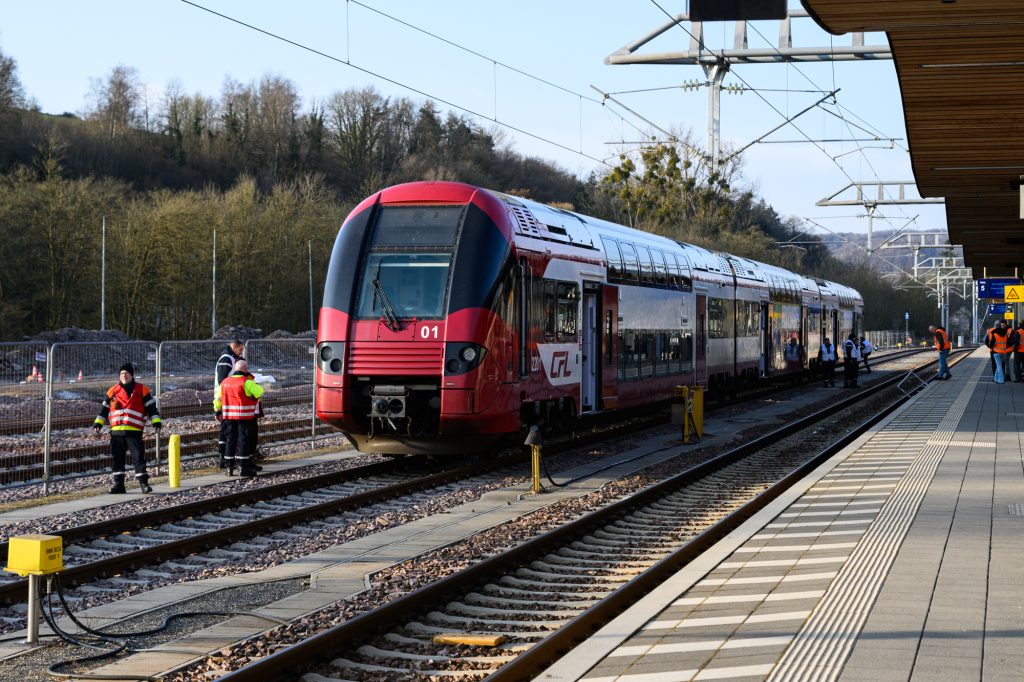
Familiarising yourself with the railway environment
The simulation made it possible to test the coordination and communication between the three units during a major incident and to evaluate their operational plans and procedures. In addition, the participants had the opportunity to familiarise themselves with the special features of the railway environment that need to be taken into account in the event of an emergency.
After three hours, this ‘emergency plan for numerous victims’ exercise, in which 50 CGDIS rescue workers took part with four fire brigade rescue vehicles and ten ambulances, was over and all lives were saved.
‘The organisation of such large-scale exercises in cooperation with other national players is crucial to ensure that the emergency services are able to respond appropriately and in a coordinated manner in the event of a major operation,’ said a satisfied Paul Schroeder, Director General of the CGDIS, after the operation.

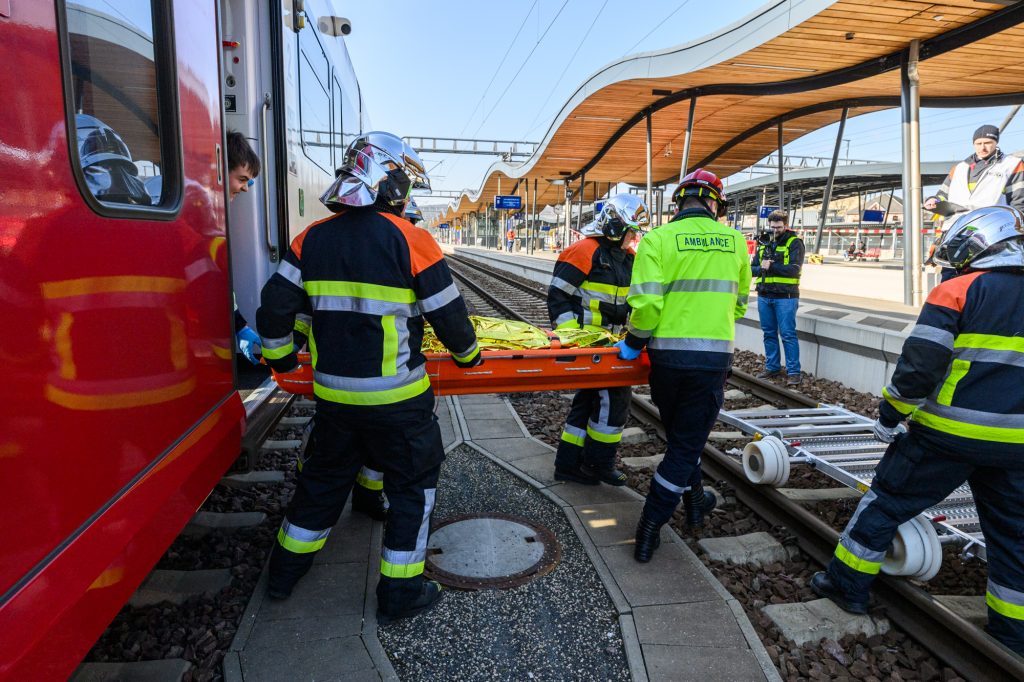
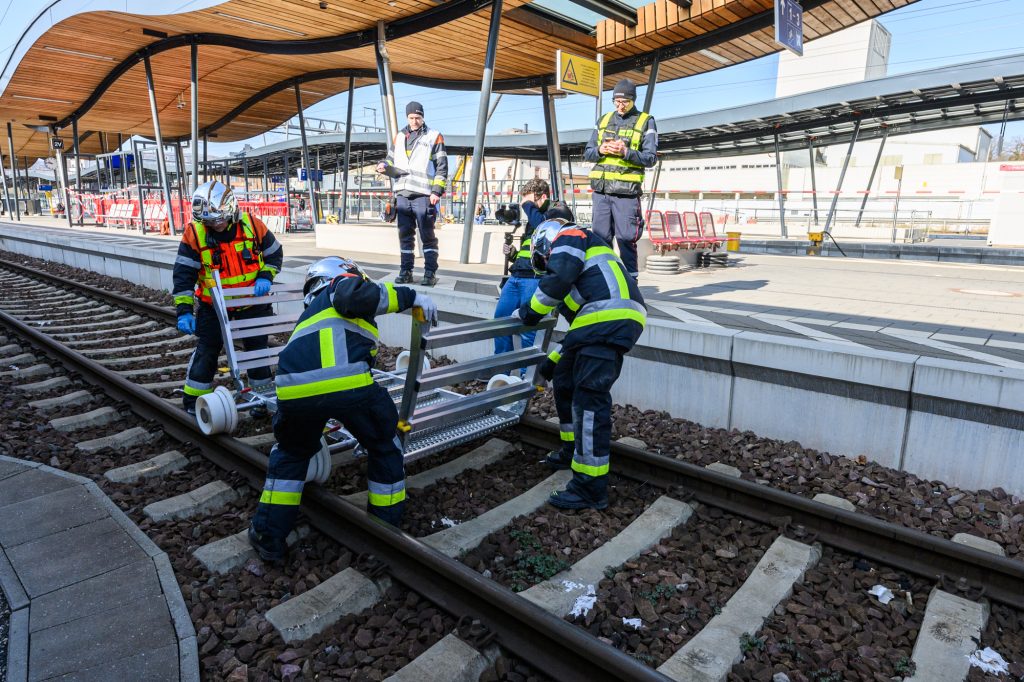
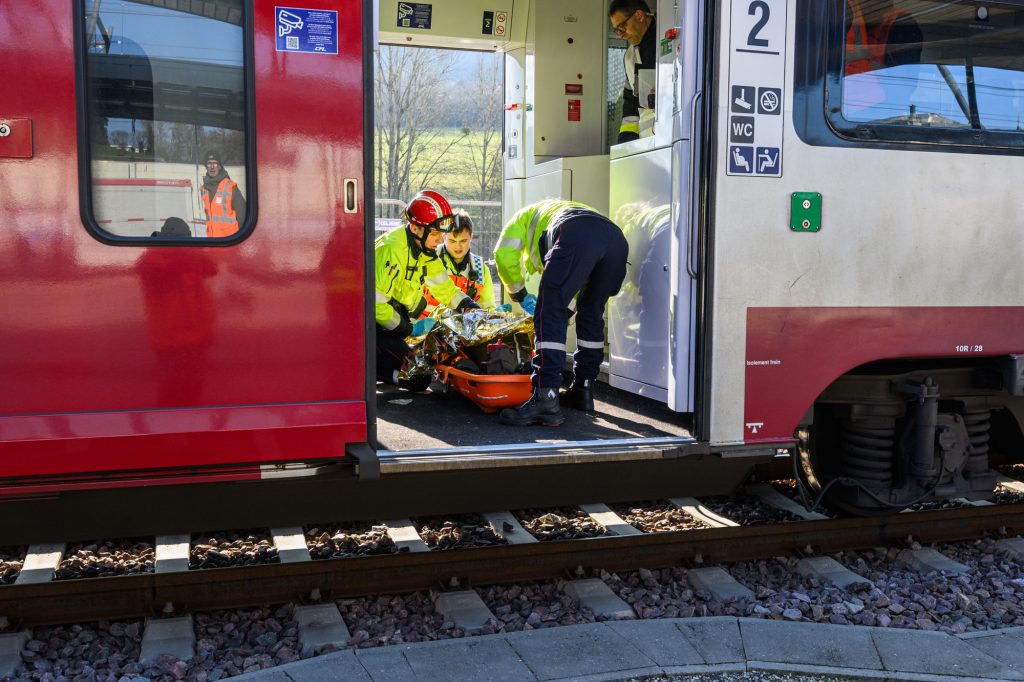
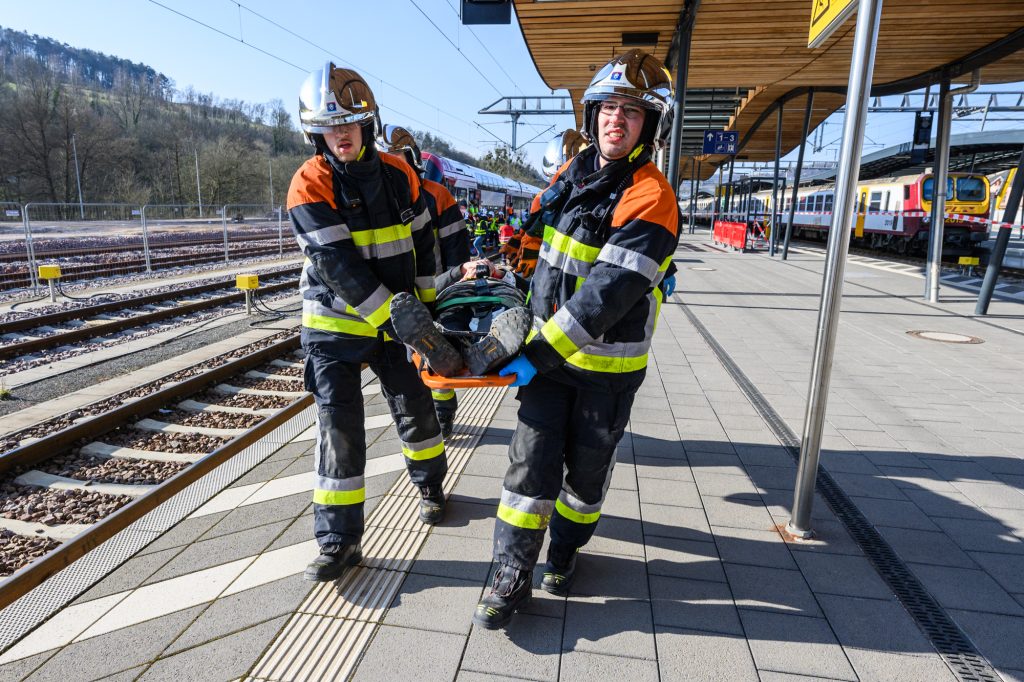
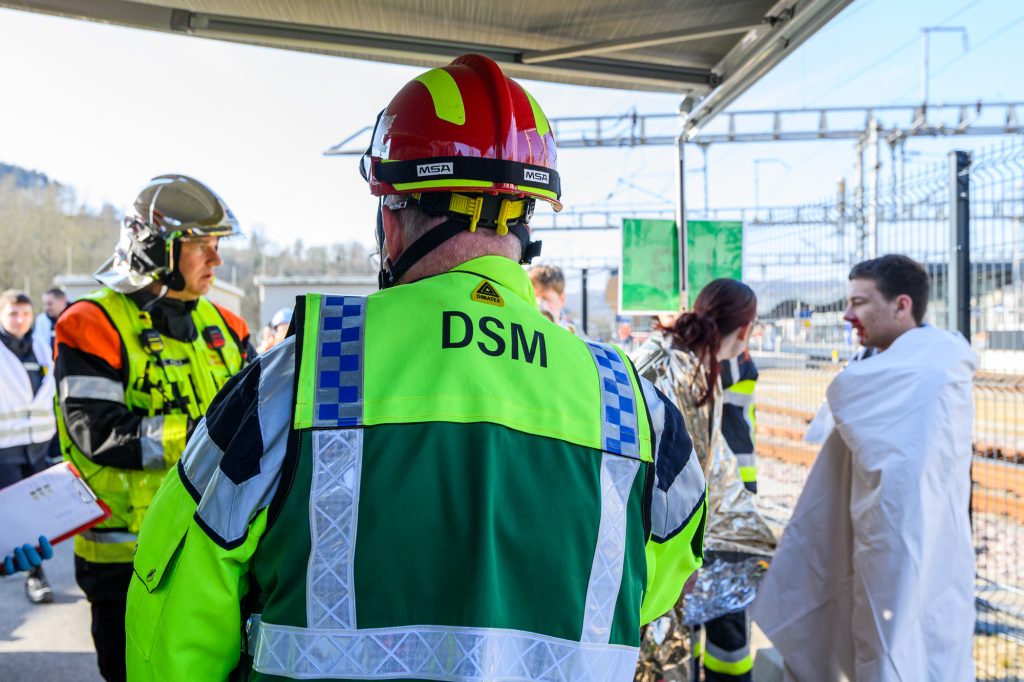
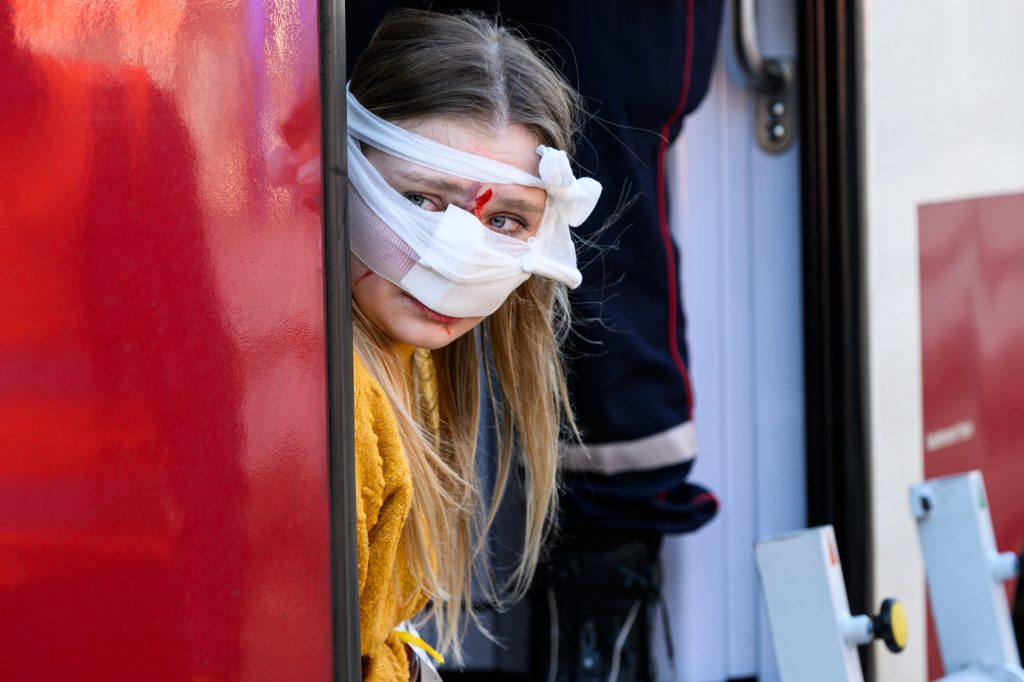

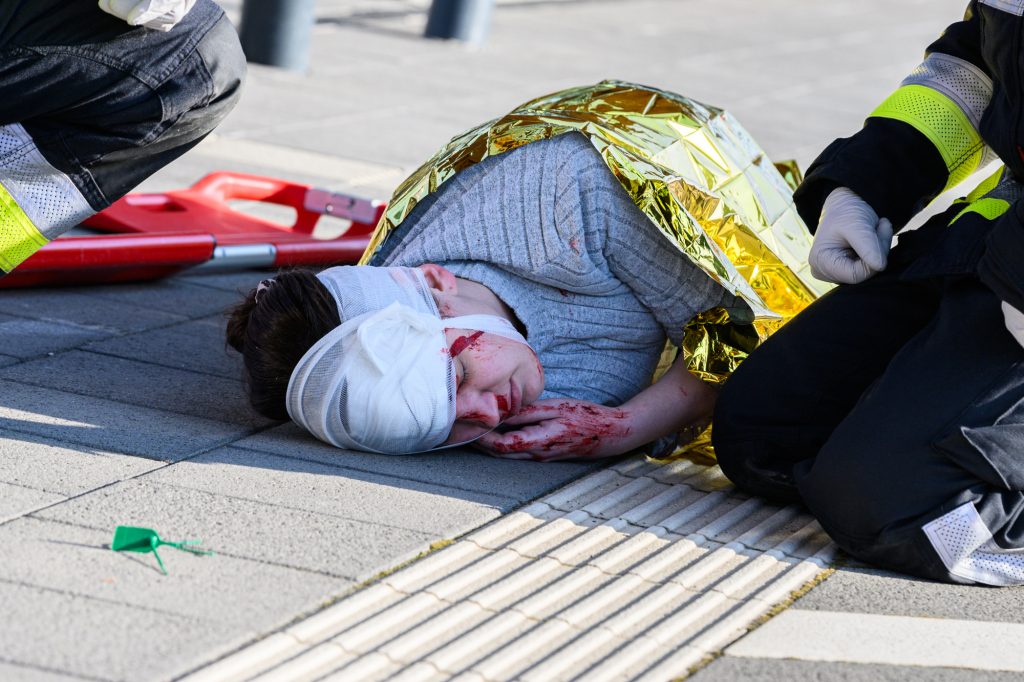
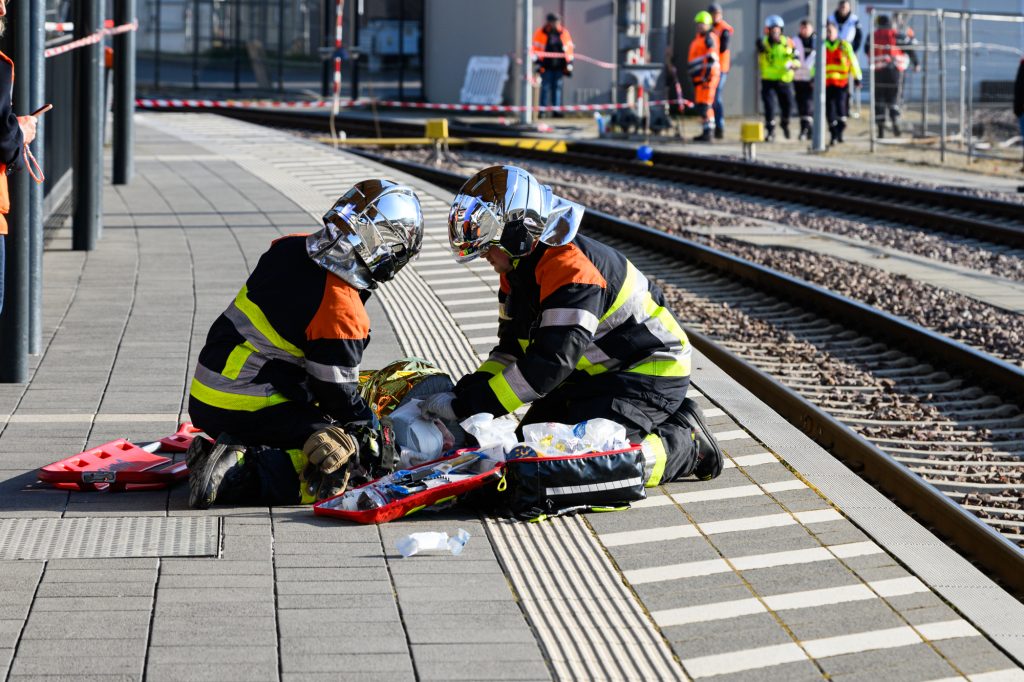
‘Ready to act effectively’
‘Indeed, real-life rescue operations confirm the importance of exchanging information and regularly practising such exercises as part of our partnership in the field of passenger rescue,’ emphasised Doris Horvath, Head of the CFL’s Service Sécurité, Sûreté & Environnement.
She also recalled that ‘to this end, the CFL provides regular training courses for CGDIS staff, focusing on railway risks, the correct actions to take in the event of rescue operations in the railway sector and the technical specifications relating to railway infrastructure and equipment’.
Dr Paul Wirtgen, Managing Director of the CHdN, who mobilised around a hundred people to ensure the regular operation of the clinic and play their part in the exercise, added: ‘The safety of patients and our staff is our top priority. This exercise provided us with a unique opportunity to put our protocols to the test and ensure that we are ready to act effectively for patients in the face of complex scenarios.’
